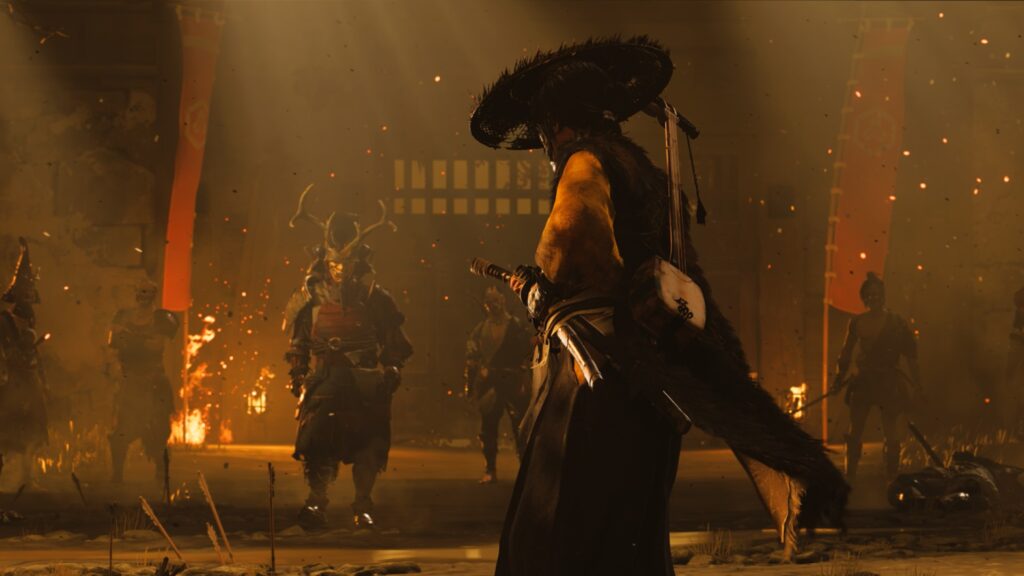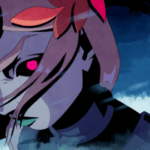With the success of Ghost of Tsushima and the positive critical reception behind the upcoming Ghost of Yōtei, developer Sucker Punch Productions has noted that the Japanese setting for both titles is an integral part of their identity. In an interview with Ungeek, studio head Brian Fleming spoke about how he can’t imagine making another game in the series that takes place outside of Japan.
As part of the core identity of its Ghost series, Fleming believes that wielding a katana is important. This also means that we won’t see Sucker Punch Productions trying to make a new title in the franchise that takes place in, for example, feudal Europe.
“We believe the core of Ghost is someone wielding a katana, that’s part of the essence,” explained Fleming. “We can’t imagine a Ghost game set in, say, feudal Europe. That doesn’t make sense. There are plenty of games set there, but that’s not what a Ghost game is.”
Aside from the use of Japanese weapons being important, Fleming also noted that the “natural beauty of Japan” plays an integral part in helping form the essence of the franchise. To that end, even potential future games in the series will ultimately revolve around wielding a katana in an open world based on some part of Japan. While time periods might change, those two core aspects most likely won’t.
“For us, the natural beauty of Japan is part of the essence of a Ghost game,” he said. “I gave this answer on stage [at Tokyo Game Show], and I think the fans in Japan, really appreciated that. That’s the way we see it. It will always have that core, open-world katana adventure of some kind.”
“Now, we may change time periods, we may explore different settings, but I think there are some boundaries we probably won’t cross.”
Ghost of Yōtei is coming to PS5 later this week – on October 2, to be precise – and leading up to its release, Sucker Punch Productions has revealed quite a few details about various aspects. Aside from a plethora of trailers that have been released for the title – check out the launch trailer from just last week here – art director Joanna Wang has also spoken the development of the game, as well as the importance of the colour yellow.
In an interview, Wang described the choice of going with the yellow colour motif as being integral to the themes of the story, and to protagonist Atsu. She spoke about how the colour represents the things she had lost sixteen years ago as she was tied to a ginkgo tree, and how yellow then goes on to represent her goals.
“Sixteen years ago, she had everything taken from her – her family, her home,” she explained. “She was tied to a ginkgo tree and left to die. Countless yellow leaves fell from the tree before it was engulfed in flames. The yellow you see at the beginning of the game represents her lost hometown and carries through her story.”
For more details about Ghost of Yōtei, check out our review.




This post highlights some fascinating insights about the significance of katanas and Japan in the Ghost of Tsushima franchise. It’s great to see such a strong connection to cultural elements, especially with the success of the series. Looking forward to what the upcoming Ghost has in store!
I completely agree! The connection between the katana and the game’s themes of honor and tradition really enriches the storytelling. It’s interesting how these elements not only shape the gameplay but also immerse players in the rich cultural backdrop of Japan.
Absolutely! The katana not only symbolizes honor but also reflects the deeper cultural elements present in the game, such as the struggle between modernity and tradition. It’s fascinating how these themes resonate throughout the narrative, enhancing the player’s experience.
You’re right! The katana really does embody the blend of honor and artistry in Japanese culture. It’s fascinating how it serves as a narrative device in the game, enhancing the player’s connection to the world and its history.
Absolutely! The katana not only represents craftsmanship but also the deep-rooted traditions of samurai culture, which are vital to the story in Ghost of Tsushima. It’s fascinating how these elements enhance the game’s narrative and immerse players in that historical context.
You’re right! The katana truly embodies the spirit of the samurai and their way of life. It’s fascinating how the game’s portrayal of these elements helps immerse players in Japanese culture while also enhancing the narrative depth of the franchise.